Compact PCB Fab-in-a-Box: Complete DIY Circuit Lab
“Compact PCB Fab-in-a-Box: Create professional PCBs anywhere with transfer paper, copper laminate & sealing foils. Just add etchant & acetone for a complete DIY circuit lab.”
aluminum clad pcb
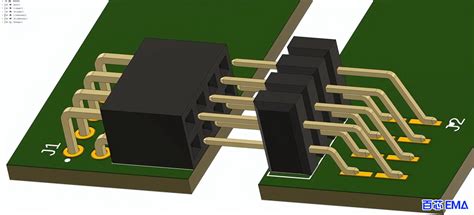
“Compact PCB Fab-in-a-Box: Create professional PCBs anywhere with transfer paper, copper laminate & sealing foils. Just add etchant & acetone for a complete DIY circuit lab.”
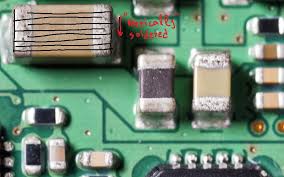
Introduction Printed Circuit Board (PCB) design is a complex process that requires careful attention to detail. Even experienced engineers can fall into common layout traps that lead to performance issues, manufacturing difficulties, or complete board failures. This article explores the most prevalent PCB layout pitfalls encountered in modern electronics design and provides practical solutions to…

Introduction to PCB Manufacturing Printed Circuit Board (PCB) manufacturing is a complex, multi-stage process that transforms raw materials into the foundation of modern electronics. As the backbone of virtually all electronic devices, PCBs provide mechanical support and electrical connections between components through conductive pathways etched from copper sheets laminated onto non-conductive substrates. The global PCB…
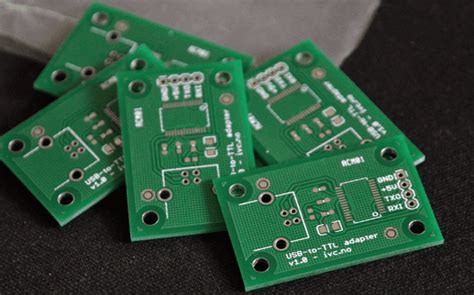
Introduction Printed Circuit Board (PCB) manufacturing begins with one critical decision: selecting the appropriate base materials. The choice of PCB substrate and laminate materials significantly impacts the board’s performance, reliability, manufacturability, and cost. With numerous options available in the market—from standard FR-4 to high-frequency specialty materials—designers must carefully evaluate their requirements against material properties. This…

Introduction Printed Circuit Board Assembly (PCBA) is a critical process in electronics manufacturing, involving the placement and soldering of electronic components onto a PCB. The quality of PCBA directly impacts the performance, reliability, and longevity of electronic devices. To ensure high-quality assembly, manufacturers must pay attention to multiple factors, including design for manufacturability (DFM), material…

1. Introduction Printed Circuit Boards (PCBs) are fundamental components in modern electronics, providing mechanical support and electrical connections for electronic components. While standard PCBs operate effectively at room temperature, certain applications require PCBs that can withstand extreme heat. High-temperature PCBs are designed to endure elevated temperatures without degradation in performance, making them essential in industries…
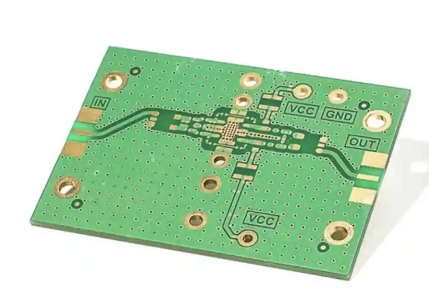
Introduction Printed Circuit Boards (PCBs) are the backbone of modern electronic devices, providing mechanical support and electrical connections between components. Before assembling components onto a PCB, it is crucial to test the bare board to ensure its functionality, reliability, and compliance with design specifications. Bare PCB testing involves verifying continuity, insulation resistance, impedance, and structural…
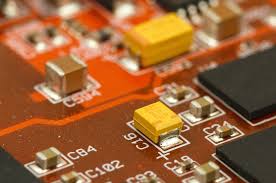
Introduction Printed Circuit Boards (PCBs) are the backbone of modern electronic devices, from consumer electronics to industrial machinery. As electronic components become more powerful and compact, managing heat dissipation has become a critical challenge. Excessive heat can lead to component failure, reduced performance, and shorter product lifespans. Therefore, effective thermal management is essential for ensuring…
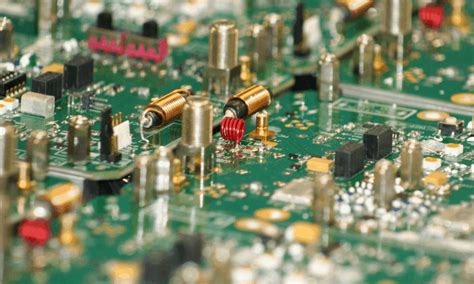
Printed Circuit Board (PCB) design is a crucial aspect of electronics engineering, and mastering PCB design software can significantly improve efficiency, accuracy, and productivity. Whether you’re using Altium Designer, KiCad, Eagle, OrCAD, or Proteus, understanding key techniques can help streamline your workflow and reduce errors. This article explores essential PCB design software tips, from schematic…

Introduction to PCB Reverse Engineering Printed Circuit Board (PCB) reverse engineering, commonly referred to as “PCB copying” or “PCB cloning,” is the process of analyzing an existing PCB to recreate its design files, schematic diagrams, and layout information. This practice has become increasingly significant in modern electronics for various legitimate purposes, though it also raises…

Printed Circuit Boards (PCBs) are the backbone of modern electronics, found in everything from smartphones to industrial machinery. However, like any electronic component, PCBs can fail due to various reasons. Identifying the signs of PCB failure early can prevent costly repairs or complete system breakdowns. This article explores the most common signs of PCB failure,…
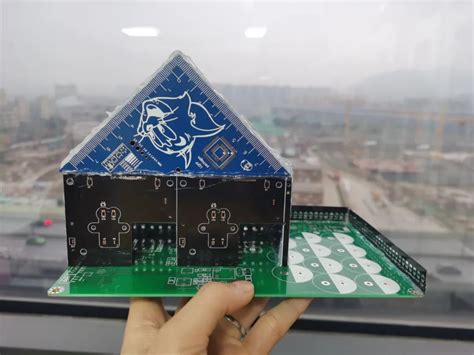
“Optimize PCB fabrication costs & timelines with expert assembly. Integrated fab house partnerships enhance DFM collaboration, component sourcing & supply chain efficiency from prototypes to bulk.”

“Explore precision-driven PCBA manufacturing techniques ensuring superior reliability through advanced automation, rigorous quality protocols, and optimized material selection for mission-critical electronics performance.”

“Accelerate prototyping with 24-hour PCB fabrication. Precision-engineered boards for industrial, aerospace, and DIY projects. Global shipping, US-manufactured quality. Trusted by engineers worldwide.”

“Optimize daisy-chain PCB digital I/O modules with RS485 bus integration. Master two-layer board design, ground plane strategies, and relay output configurations for reliable signal integrity in industrial applications.”